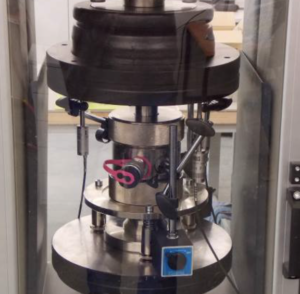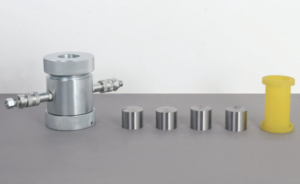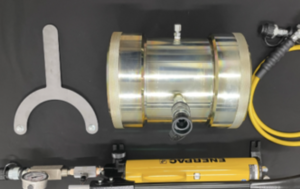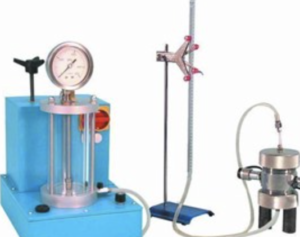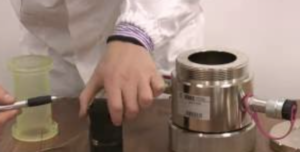How Do Soil Tests Benefit the Aquaculture Industry?
Aquaculture is one of the fastest-growing food sectors in the world, but beneath every fish pond or shrimp farm lies a critical, often overlooked foundation—soil1. The quality and characteristics of the pond bottom play a major role in water chemistry, disease management, and feed efficiency. Through proper soil testing2, aquaculture operators can gain valuable insights that improve yield, water quality, and environmental sustainability3.
Soil–Water Interaction Tests and Their Impact on Aquatic Environments
The interaction between pond soil and water significantly influences pH levels, nutrient cycling, and toxin retention4. Soil tests can determine how a particular substrate will behave when flooded, helping managers anticipate potential problems.
Key Parameters in Soil–Water Interaction:
- Soil pH: Affects water pH and the availability of essential nutrients.
- Cation Exchange Capacity (CEC)5: Indicates the soil’s ability to buffer water chemistry.
- Redox potential6: Predicts whether the soil will release harmful substances like hydrogen sulfide under anaerobic conditions.
- Organic matter content: High levels can deplete oxygen and promote harmful bacteria.
Sample: Soil-Water Interaction Table
| Soil Property | Ideal Range | Impact on Water |
|---|---|---|
| pH | 6.5 – 7.5 | Stabilizes pond water pH |
| Redox Potential | > +300 mV | Low risk of sulfide release |
| Organic Matter (%) | 50 | Supports phytoplankton blooms |
| Available Phosphorus | > 10 | Boosts aquatic plant growth |
| Iron (Fe) | > 3 | Supports chlorophyll synthesis |
| Organic Carbon | 1.5 – 3% | Builds natural feed web |
Soil nutrient testing enables nutrient balancing, improving feed efficiency and overall pond health.
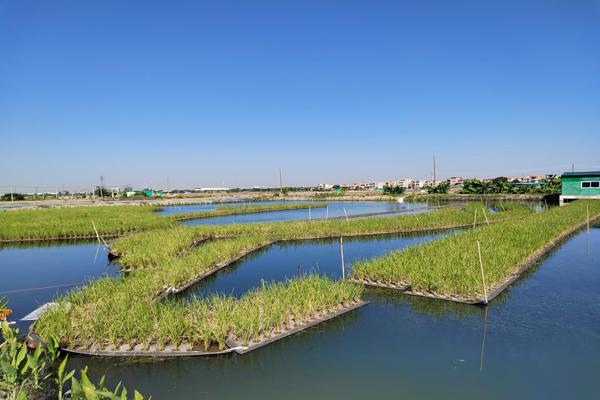
Soil-Based Filtration Systems in Aquaculture
In integrated and sustainable aquaculture systems, soil acts as a natural filter—removing waste, stabilizing pH, and breaking down organic residues.
Common Applications:
- Constructed wetlands with soil and vegetation to treat wastewater.
- Earthen pond bottoms that naturally break down organic waste through microbial action.
- Permeable soil beds in recirculating aquaculture systems (RAS) to support nitrifying bacteria.
Filtration Benefits from Soil-Based Systems
| Function | Soil Role | Impact |
|---|---|---|
| Ammonia Removal | Supports nitrifying bacteria | Reduces fish stress and mortality |
| Organic Decomposition | Absorbs and mineralizes waste | Improves water clarity |
| Pathogen Suppression | Supports antagonistic microbial life | Prevents disease outbreaks |
By using soil as part of a biological filtration system, operators can reduce dependency on costly equipment while promoting natural resilience.
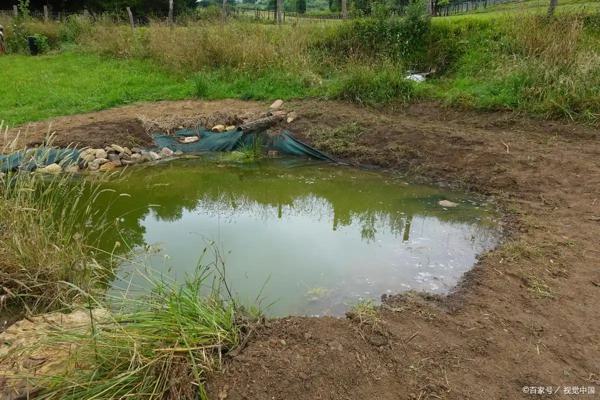
Using Soil Testing to Optimize Aquaculture Site Selection
Not all land is suitable for aquaculture. Testing soil before construction helps avoid long-term issues and costly modifications. A pre-site evaluation7 through soil testing considers:
- Permeability8: Excessively sandy soils may cause water loss.
- Clay content: High clay (>20%) is preferred for pond sealing.
- pH and salinity: Unsuitable pH or saline soils can harm stock or limit vegetation.
- Toxic elements9: Presence of heavy metals or sulfides poses risks to aquatic life.
Site Suitability Matrix
| Soil Characteristic | Ideal Value | If Unsuitable… |
|---|---|---|
| Texture (Clay %) | 20–35% | Use liners or compacted clay |
| pH | 6.5 – 8.0 | Apply lime or sulfur for adjustment |
| Electrical Conductivity | < 4 dS/m | Avoid site or use salt-tolerant species |
| Heavy Metals | Undetectable | Seek alternative site |
This proactive testing ensures long-term pond integrity, fish safety, and regulatory compliance.
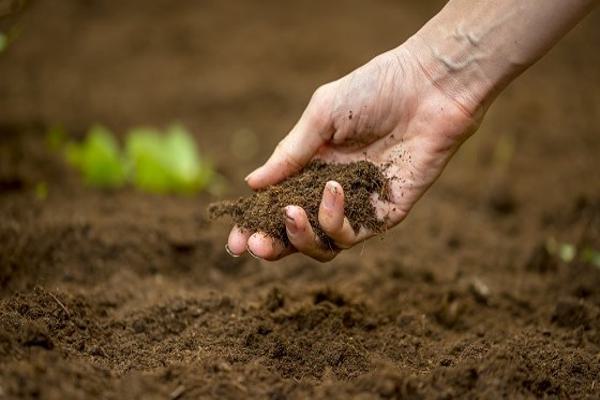
Conclusion
Soil tests are an essential tool in modern aquaculture, helping operators create stable, productive, and environmentally responsible systems. From site selection to natural feed optimization and wastewater management, the insights gained from soil testing support smarter decisions, healthier aquatic environments, and more sustainable seafood production. In aquaculture, good soil isn’t just underfoot—it’s the foundation for success.
-
Understanding the role of soil in aquaculture can enhance your knowledge of sustainable practices and improve farm productivity. ↩
-
Exploring the benefits of soil testing can help aquaculture operators optimize their operations and ensure better yields. ↩
-
Learning about best practices can lead to more efficient aquaculture operations and a healthier ecosystem. ↩
-
Understanding these interactions is crucial for effective pond management and environmental health. Explore this link for in-depth insights. ↩
-
CEC is vital for understanding soil fertility and water quality. Discover more about its importance in this resource. ↩
-
Redox potential plays a key role in predicting soil behavior under different conditions. Learn more about its implications here. ↩
-
Understanding pre-site evaluation is crucial for successful aquaculture projects, ensuring optimal conditions for aquatic life. ↩
-
Exploring soil permeability can help you grasp its impact on water retention and aquaculture success. ↩
-
Learning about toxic elements in soil is vital for protecting aquatic ecosystems and ensuring healthy stock. ↩

